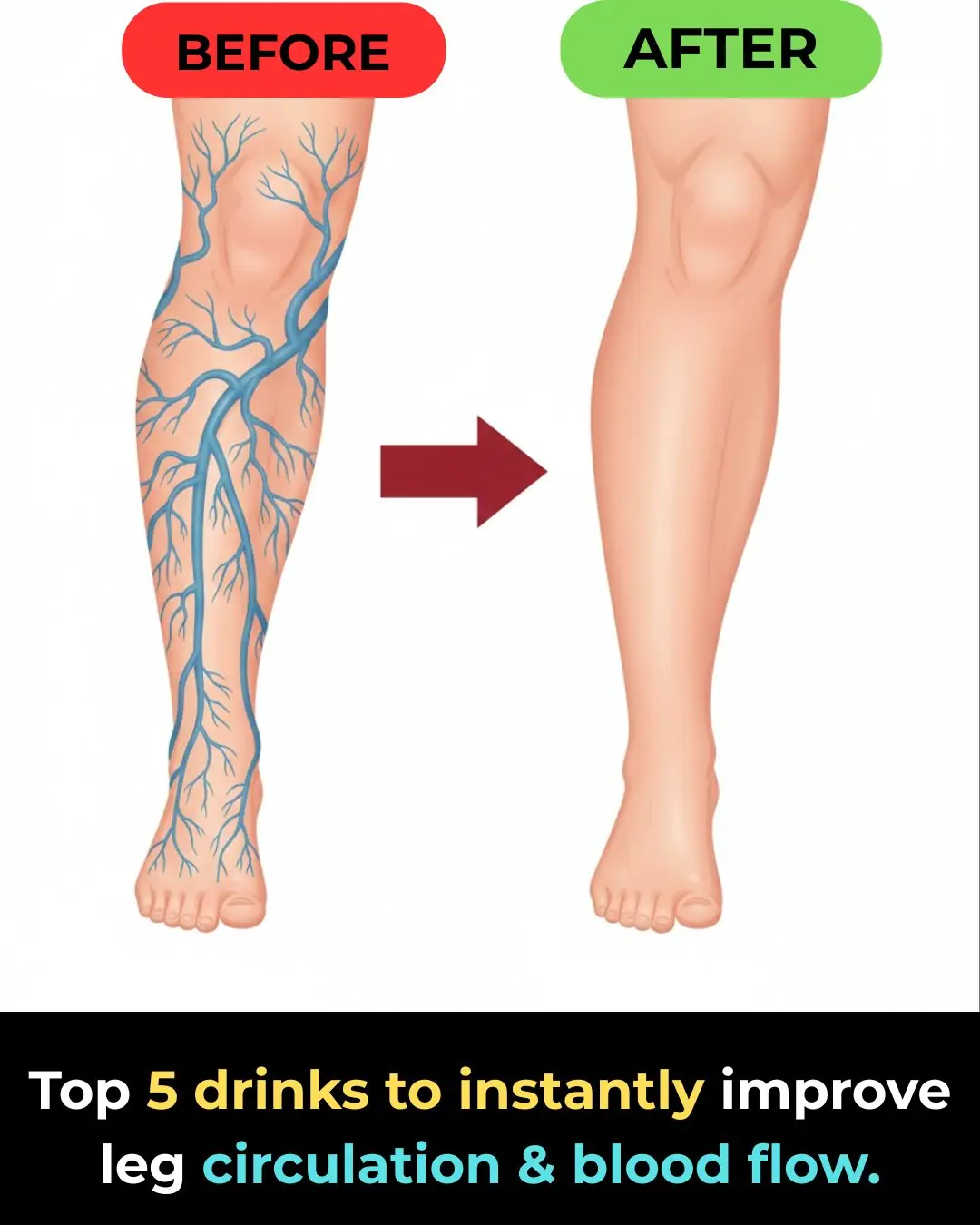
Headache Above or Behind the Left Eye? Here’s What It Could Mean
Experiencing a headache above or behind the left eye can be alarming, especially when the pain feels sharp, persistent, or unusually concentrated in one spot. While most headaches are not signs of a serious medical condition, the specific location of pain can offer valuable clues about what might be causing it. Understanding these potential causes can help you determine whether simple home remedies may help or if it’s time to consult a healthcare professional.:max_bytes(150000):strip_icc()/VWH-PaigeMcLaughlin-WhatisaClusterHeadache-Recirc-855fb0045f65450c95fea6317691b044.jpg)
One of the most common explanations for pain behind the left eye is migraine. Migraines often occur on one side of the head and can cause deep, throbbing discomfort behind the eye. They may also come with symptoms such as sensitivity to light or sound, nausea, blurred vision, or visual disturbances called auras. The pain can last anywhere from a few hours to several days, significantly impacting daily activities. Migraines may be triggered by stress, hormonal changes, sleep disturbances, weather shifts, or certain foods. If the discomfort you’re experiencing feels pulsating or intense and is accompanied by these additional symptoms, migraine could be the culprit.
Another frequent cause is sinusitis, an inflammation or infection of the sinus cavities. When the sinuses around the eyes become blocked or irritated, pressure can build up, leading to a dull, aching sensation above or behind the eye. This type of headache is often accompanied by nasal congestion, facial pressure, post-nasal drip, or a reduced sense of smell. Weather changes, allergies, or colds can make sinus-related headaches worse. The pain may intensify when you bend forward or lie down. In many cases, sinus headaches improve with decongestants, steam inhalation, or saline rinses, but persistent or severe symptoms may require medical treatment.
Cluster headaches are another possibility, though they are less common. These headaches are extremely painful and tend to occur in cycles, or “clusters,” over several weeks. The pain is typically centered around one eye—often described as burning, piercing, or unbearable—and may be accompanied by tearing, redness of the eye, drooping of the eyelid, or a runny nose on the same side. Cluster headaches often strike suddenly and at the same time each day, sometimes waking people from sleep. Although the exact cause remains unclear, they may involve abnormalities in the brain’s hypothalamus. Because of their severity, cluster headaches often require professional evaluation and specific medication.
In some cases, the issue may be related to vision strain or musculoskeletal tension. Spending long hours in front of screens, working in poor lighting, or wearing outdated eyeglass prescriptions can strain the muscles around the eyes, leading to discomfort and headaches. Similarly, tension in the neck, shoulders, or jaw—often caused by stress or poor posture—can radiate upward, creating pain around one eye. Adjusting your workstation, taking regular breaks, and practicing relaxation techniques may help relieve these symptoms.
Less commonly, headaches behind the eye may be linked to neurological issues, inflammation, or vascular problems. While these causes are rare, it is important to seek medical help if your headache is sudden and severe, accompanied by vision changes, weakness, fever, confusion, or if it is unlike any headache you’ve had before.
Ultimately, headaches above or behind the left eye can stem from many different factors, ranging from everyday stress to more specific medical conditions. Paying attention to your symptoms, triggers, and the duration of the pain can help you identify patterns and decide when to seek care. While many headaches resolve on their own, persistent or unusual pain warrants a professional evaluation to ensure your health and peace of mind.
News in the same category


High Blood Pressure Has a New Culprit

How to treat nerve pain in the foot, toes & legs

Unlocking the Power of Rosemary Tea: A Natural Elixir for Mind, Body, and Soul

Drinking Water the Right Way

Eat okra every day? Here’s what happens to your body!

6 fruits that help your body fight cancer cells naturally

Roll your feet daily—unlock rapid healing throughout your body!

1 teaspoon a day melts away fatty liver naturally

High Blood Pressure Has a New Culprit …And It’s Not Salt

Top 5 drinks to INSTANTLY improve leg circulation and blood flow

Doctor says this is the #1 supplement to take if you have arthritis

Why Your Legs Cramp At Night And How To Stop It From Happening

What happens when you start eating chia seeds every day

The Plant That Kills Cancer Cells, Stops Diabetes And Boosts Your Immune System!

How to treat nerve pain in the foot, toes & legs

Headache Above or Behind the Left Eye: Causes and Treatments

5 Deficiencies Almost Everyone Has (And Doesn’t Know About)

Eggs and Coffee: A Surprisingly Powerful Breakfast Combination
News Post

Revolutionary MRI Technology Offers Non-Invasive Tumour Treatment in Sydney

Recreating a Legacy: Ruben Flowers Joins His Father as Co-Pilot on Captain Flowers’ Final Southwest Airlines Flight

Wood vs. Diamonds: The Cosmic Rarity of Life's Fingerprint

Local Washington State Park Changes Name Meaning To Honor Rosa Franklin, The States First Black Woman Senator

THIS SEED: AFTER 50, IT STRENGTHENS BONES & CURES ALL PAINS

High Blood Pressure Has a New Culprit

Civil War Era Politician Robert Smalls Becomes First African American to Receive Monument in South Carolina

How to treat nerve pain in the foot, toes & legs

Dr. Patricia Bath Set To Make History As First Black Woman Inducted Into National Inventors Hall of Fame

Unlocking the Power of Rosemary Tea: A Natural Elixir for Mind, Body, and Soul

🌌 An Accidental Revolution: How the Search for Black Holes Led to the Invention of Wi-Fi

📈 The $5 Trillion Threshold: NVIDIA Becomes the World’s Most Valuable Company, Reshaping Global Economic Influence

Angela Davis to Keynote Largest Black Feminist Conference in the Nation

🐝 The Silent Threat: Research Links Cell Tower Radiation to Harmful Effects on Honey Bee Health

NYC-Based Events Company Is Creating Spaces to Empower Indy Black Artists Across the East Coast

Why Some Eggs Are Speckled

Drinking Water the Right Way

This is the correct way to preserve pork in the freezer: The meat will not dry out, and will still retain all its nutrients for a whole month.

Pour salt into the toilet, everyone calls you crazy but know its uses and do it at home right away
